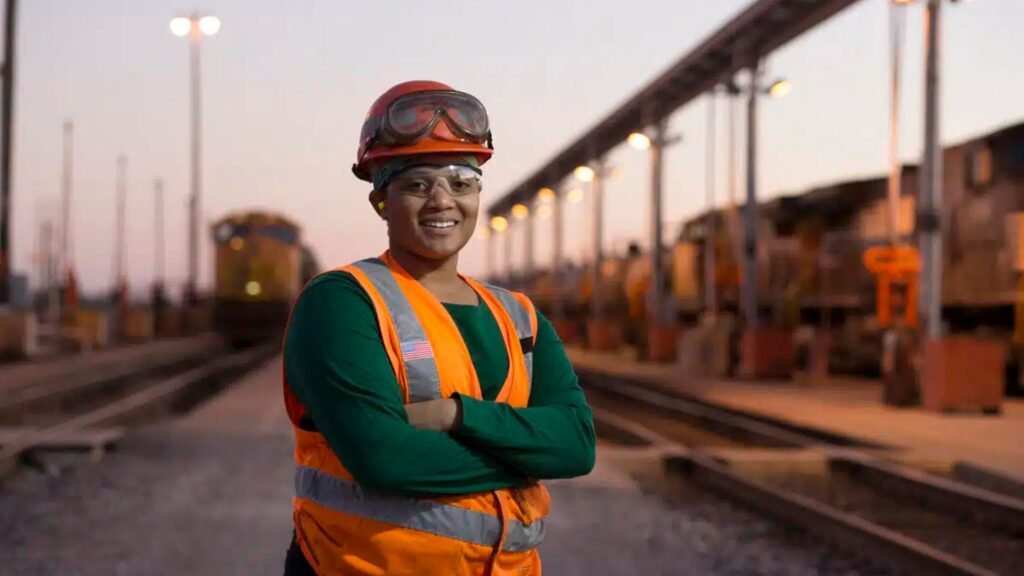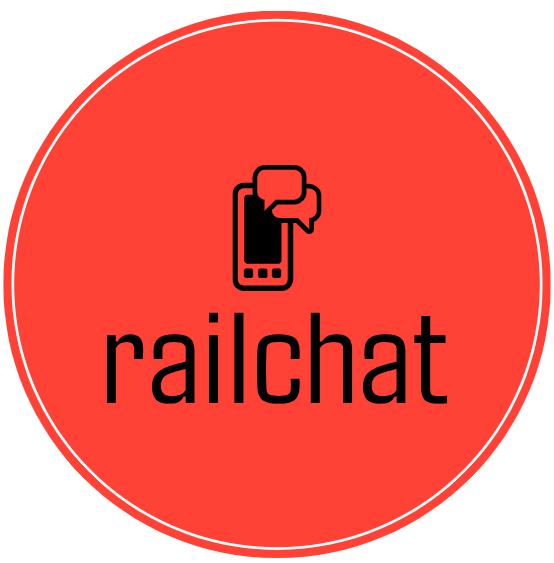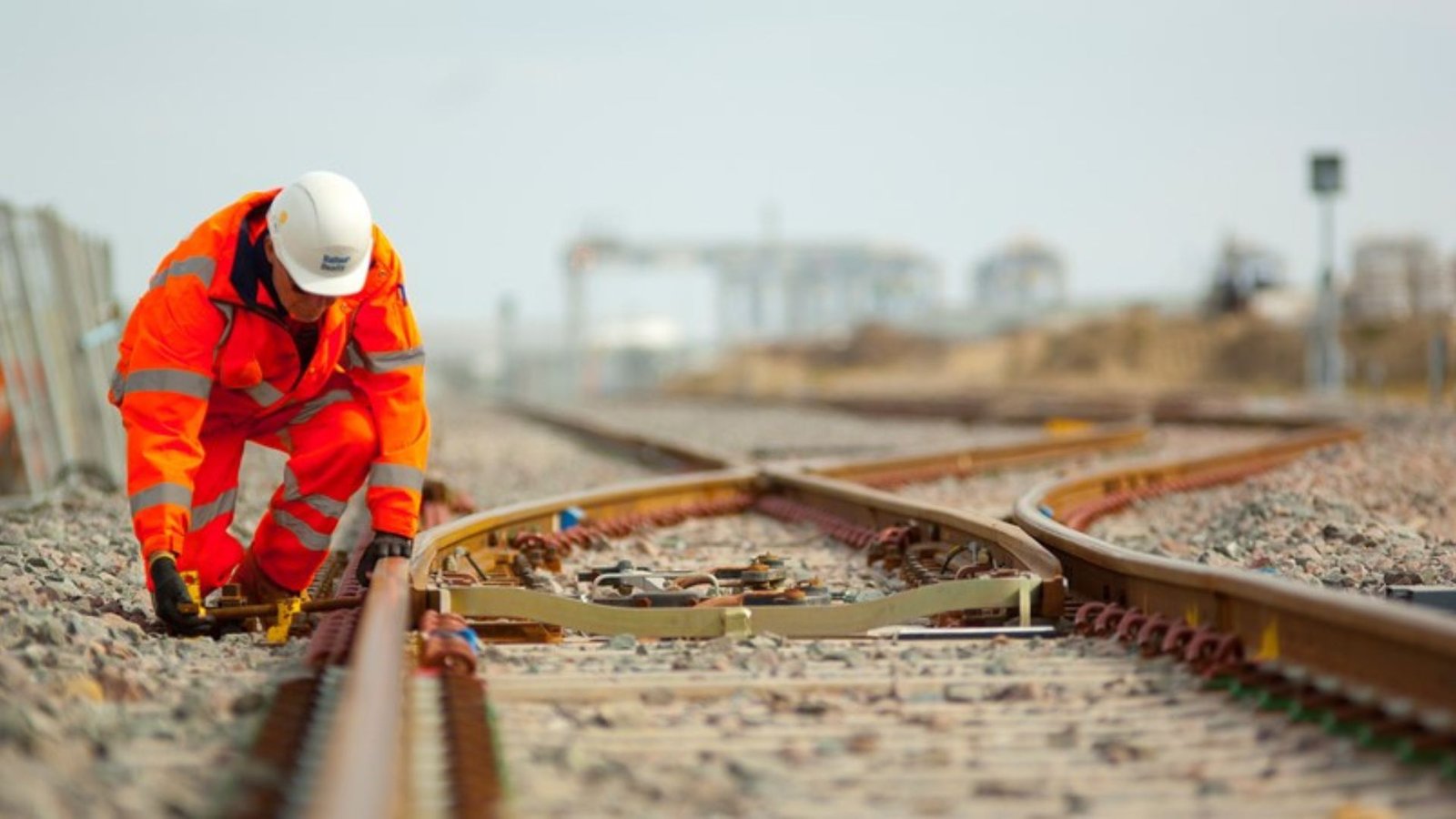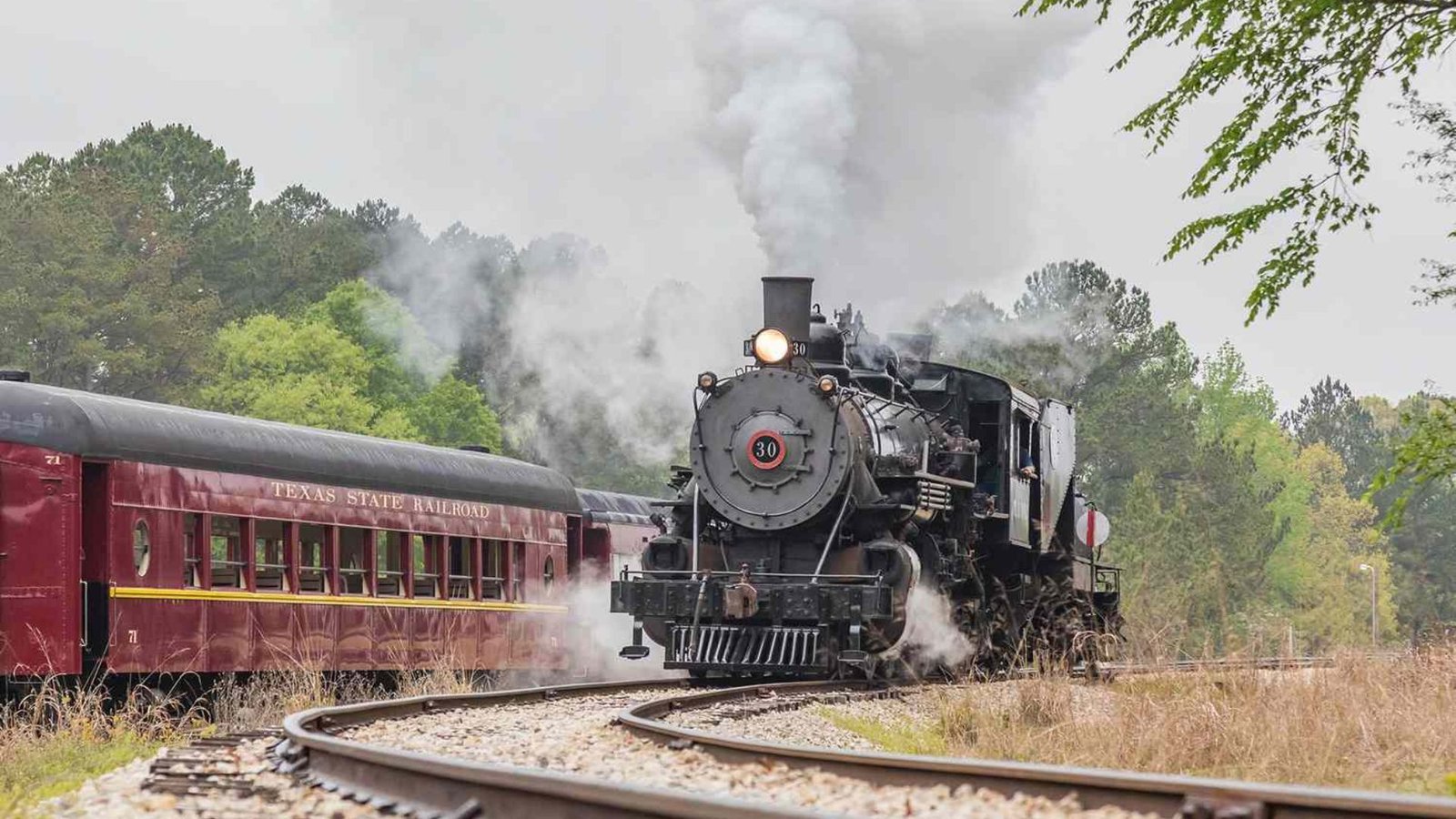The railroad industry, often considered a backbone of global transportation, is experiencing a surge in demand for skilled workers. This sector, which was once viewed as a traditional and somewhat static field, is now evolving rapidly with technological advancements, infrastructure development, and an increasing need for efficient freight movement. As a result, railroad jobs are becoming increasingly sought after, offering stable career opportunities and competitive wages. In this article, we explore the reasons behind the growing demand for railroad jobs and the benefits of working in this essential industry.

Growing Demand for Freight Transportation
One of the primary drivers of the increased demand for railroad jobs is the growing need for freight transportation. As global trade expands, the volume of goods being shipped has also increased, and railroads remain one of the most efficient and cost-effective ways to move large quantities of goods across long distances.
Key Factors:
- E-commerce Growth: With the rise of online shopping and e-commerce, there is a greater need for fast, reliable delivery of goods, often facilitated by rail transport.
- Supply Chain Demand: Railroads are integral to the movement of bulk commodities such as coal, grains, automobiles, and metals, which are critical for various industries worldwide.
- Environmental Benefits: Rail transportation is more energy-efficient than other forms of freight transport like trucking, leading businesses to increasingly rely on railroads for sustainable logistics.
As businesses and industries continue to depend on railroads for cost-effective and environmentally friendly transportation, the need for workers in various railroad positions is increasing.
Railroads Are Modernizing and Adopting Technology
The railroad industry is undergoing a significant transformation, with new technologies being integrated to improve efficiency, safety, and sustainability. This modernization requires a new generation of workers with technical skills to maintain and operate cutting-edge systems.
Technological Advancements Include:
- Automation and AI: Automated trains, predictive maintenance systems, and advanced signaling technologies are reshaping the industry, creating jobs for technicians, engineers, and IT specialists.
- Digitalization: The shift towards digital platforms for tracking freight, managing schedules, and ensuring safety requires workers with skills in data analysis, software development, and cybersecurity.
- Electrification and Green Technologies: As railroads strive to reduce their carbon footprint, there is an increasing demand for workers in roles related to renewable energy systems, electric train operations, and sustainable infrastructure development.
With the rise of new technologies, the industry is in need of workers with expertise in areas such as automation, robotics, data science, and renewable energy, boosting the demand for a highly skilled workforce.
Infrastructure Expansion and Investment
Governments and private companies are making significant investments in railroad infrastructure, leading to the creation of new jobs. These investments are crucial for expanding capacity, improving safety, and enhancing the efficiency of rail systems.
Areas of Investment:
- High-Speed Rail Development: Many countries are investing in high-speed rail networks, which require a skilled workforce to design, build, and operate these advanced systems.
- Upgrading Existing Networks: Aging rail infrastructure in many regions is being overhauled, with major upgrades to tracks, bridges, stations, and signaling systems.
- Expansion into New Markets: Railroads are expanding into previously underserved regions, opening up new job opportunities in areas where rail transport is newly introduced.
As rail infrastructure continues to grow and evolve, there will be a continued need for workers in construction, maintenance, engineering, and operational roles.
Aging Workforce and Retirement Rates
The railroad industry is facing a demographic challenge, with a large portion of its workforce approaching retirement age. As these experienced workers retire, there is an urgent need to recruit and train the next generation of rail professionals to ensure the industry’s continued success.
Impact of Aging Workforce:
- Skills Gap: The retirement of experienced workers creates a gap in skilled labor, which the industry is actively working to fill by attracting younger workers into the sector.
- Opportunities for New Workers: For those entering the workforce, this provides ample opportunities to secure long-term employment in an industry that values experience and expertise.
In response to the aging workforce, railroad companies are offering competitive salaries, training programs, and career advancement opportunities to attract and retain new workers.
Entertainment on the Rails
Whether you’re chatting about train journeys or planning your next rail adventure, a little entertainment on the side can make the experience even better. Nokyccasino Games offers quick and engaging gameplay, perfect for passing the time while traveling or relaxing after a busy commute.
Conclusion
Railroad jobs are in demand for a variety of reasons, from the growing need for efficient freight transportation to the modernization of rail systems with advanced technologies. With significant investments in infrastructure, the retirement of older workers, and the need for specialized safety and technical roles, the industry is actively recruiting and offering attractive career opportunities. Whether you are looking to work in operations, technology, engineering, or safety, the railroad industry offers a broad range of positions with long-term potential, competitive salaries, and benefits. For anyone seeking a stable and rewarding career, railroads represent an industry with immense opportunity.




